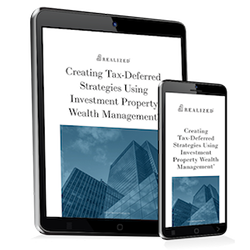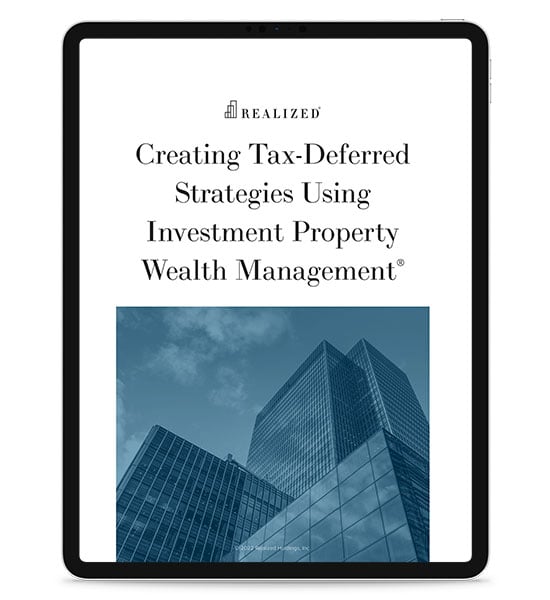
It’s that time of year during which things settle down after the holidays, life gets back to normal and yes—preparations for income tax season are underway. The deadline for filing Tax Day paperwork in 2022 is Monday, April 18 (or Tuesday, April 19 for those residing in Maine and Massachusetts).
No matter where you live in the United States, one thing is for certain. If you sold or exchanged real estate, stocks, bonds, securities, or other capital assets in 2021, you will need to include Form 8949 as part of your filing activities come mid-April. Known as “Sales and Other Dispositions of Capital Assets,” this form reports short- and long-term gains and/or losses from the disposal of your capital assets.
Defining Capital Assets
Before delving more deeply into the 8949 discussion, it’s a good idea to review just what capital assets are. The IRS defines capital assets as holdings that:
- Have a useful life longer than one year
- Are expected to generate value over a period of time
- Aren’t held for sale in the ordinary course of business
Going further, the IRS regards just about everything you might use for personal or investment purposes as capital assets. These include, but aren’t necessarily limited to:
- Stocks, bonds, and securities
- Primary residences
- Art, stamp, or coin collections
- Household furnishings
When you sell any of the above, the difference between the asset’s adjusted basis and the amount you end up with (or not) is known as a capital gain or capital loss. Capital gains are divided into short-term (for assets held for less than one year) and long-term (for assets owned for longer than a year). No matter how long you own that asset, Form 8949 tells the IRS how much you earned or forfeited, from its sale.
Inputting Information
As is the case with other IRS paperwork, Form 8949 doesn’t operate in a vacuum. In fact, before 2011, Form 8949 didn’t even exist. Instead, capital gains and losses were reported directly on Schedule D, appropriately identified as “Capital Gains and Losses.” These days, Schedule D is still in play. Form 8949 simply provides additional information about disposed of capital assets. It’s also used to impart information in the absence of other reports.
Corporations, partnerships, estates, trusts – and yes, individuals – use Form 8949 to describe:
- The sale or exchange of any capital asset not reported on another form or schedule
- Gains from involuntary conversions of capital assets not used in trade or business
- Non-business bad debts
- Worthless securities
- An election to defer capital gains invested in a Qualified Opportunity Fund (QOF)
- Disposition of interests in a QOF
For instance, when your sales broker or agent sends a Form 1099-B (“Proceeds from Broker and Barter Exchange Transactions”), that information should be recorded on Form 8949; each transaction requires a separate Form 8949. Now, keep in mind that you might not always receive a Form 1099-B. But you’ll still need to report a capital asset sale, which is where Form 8949 is used. Information from Form 8949 is then transferred to a Schedule D, with all forms and paperwork filed with the IRS on Tax Day, or before.
Is it absolutely necessary to file that Form 8949, even if Form 1099-B reports a transaction? Some websites indicate it might not be necessary to do so if capital sale information is recorded elsewhere. But the best advice here is to err on the side of caution. When it comes to taxes, capital assets, and the IRS, it pays to include all information when filing.
This material is for general information and educational purposes only. Information is based on data gathered from what we believe are reliable sources. It is not guaranteed as to accuracy, does not purport to be complete and is not intended to be used as a primary basis for investment decisions. It should also not be construed as advice, meeting the particular investment needs of any investor. Realized does not provide tax or legal advice. This material is not a substitute for seeking the advice of a qualified professional for your individual situation.



